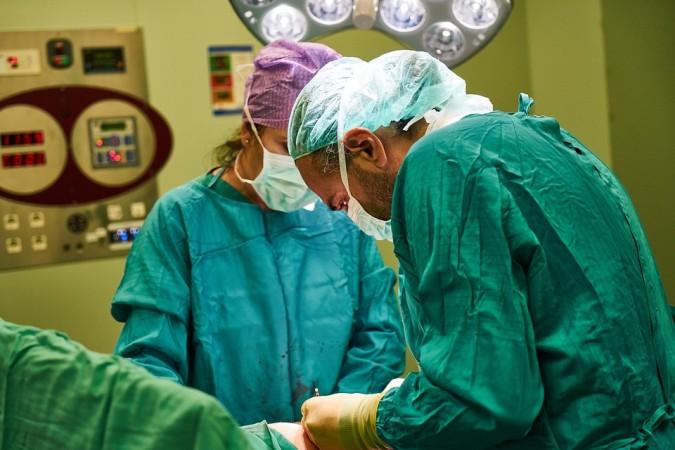
A 26-year-old man from Texas was left with no option other than cutting off his right leg to save his life as the limb got infected with a flesh-eating bacteria.
Raul Reyes, who worked as a daycare teacher in Houston, approached doctors with blisters on his foot. He was diagnosed with an infestation of flesh-eating bacteria in his leg and was immediately hospitalized for an emergency surgery on February 23, Fox News reported. If left unattended, the infection would have spread through his bloodstream and killed him.
An open wound from an ingrown toenail was contracted by the bacteria and that's how his limb was infected, said doctors, according to Fox News.
"[Raul] hurt his foot at work, so he thought the swollenness was due to the injury. After a few days, it was still swollen and he has a blister on his foot, which he thought was caused by his shoe," Joseline Reyes, Raul's wife was quoted as saying by chron.com.
The infection had spread very quickly. Raul had come from work with a sore foot one day and developed a blister after few days, she said. Soon, his entire leg was covered with blisters. Raul was forced to seek medical attention, she added.
"The surgeon came to me and told me that they were going to take him up to surgery because they have to check how [his foot] looked inside... Thirty minutes pass and I see the doctor come out. She tells me that she tried to get as much bacteria out but that they had to amputate his foot in order to save his life," Joseline explained.
These flesh-eating bacteria are generally found in salt or brackish water, according to Fox News report. However, Raul is not sure how he contracted the bacteria.
This is not the first time that a man had to deal with flesh-eating bacteria in Texas. In October 2017, a woman died after she contracted flesh-eating bacteria from eating raw oysters. She reportedly developed rashes and had trouble breathing over the next 36 hours after consuming the seafood. She passed away after spending 21 days in the hospital battling a severe infection.
healththoroughfare.com stated that the majority of the infection by the flesh-eating bacteria happens from May to October. People contaminated with these bugs can have symptoms like diarrhea, nausea and fever.

















